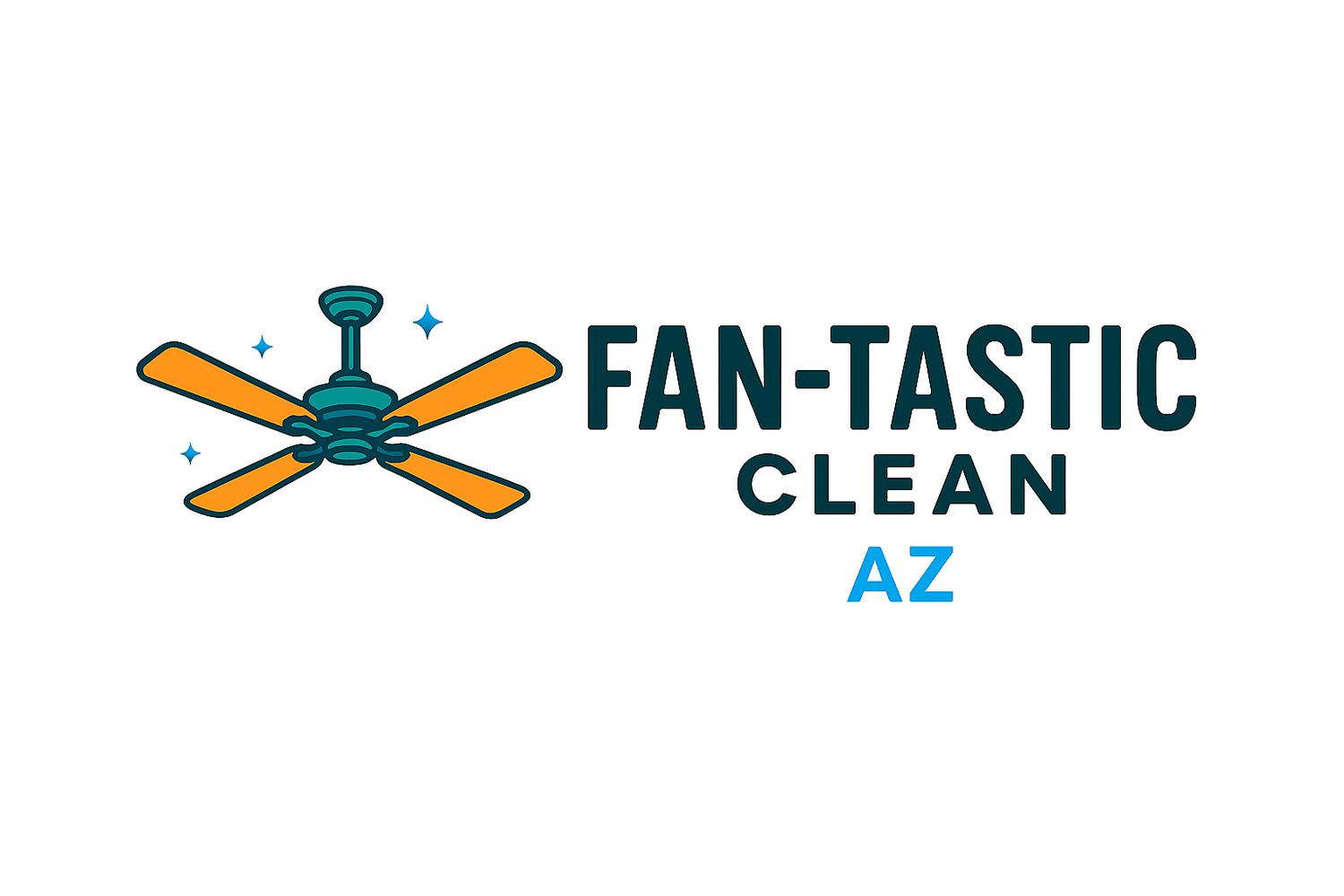Why simply dusting your ceiling fan blades isn't enough for your health
While dusting your ceiling fan blades can make them appear cleaner, it's not enough to ensure a healthy indoor environment. Ceiling fans, if not thoroughly cleaned, can circulate various airborne pollutants throughout your home, potentially impacting your health.
Here's why dusting alone falls short:
Dust carries more than just visible particles: Dust isn't just inert particles; it's a mix of allergens and potential irritants like dust mites, pet dander, pollen, mold spores, and even bacteria.
Fans recirculate hidden pollutants: When the fan is in motion, even with a quick dusting, it can pick up microscopic particles clinging to the blades and redistribute them throughout the room, potentially aggravating allergies or respiratory issues in sensitive individuals.
Dusting can stir up dust: Dry dusting, in particular, can launch dust particles into the air, potentially exacerbating issues for those with allergies or asthma, according to USA Today.
Beyond the blades: Dust can also accumulate on the motor housing, potentially affecting the fan's performance and increasing the risk of fire.
In essence, a more thorough cleaning, beyond a simple dusting, is crucial to eliminate the hidden threats a dirty ceiling fan can pose to indoor air quality and, consequently, your health.
Recommendations for effective ceiling fan cleaning
Deep clean regularly: Beyond dusting, dedicate time for deeper cleaning, addressing the motor housing and any accumulated grime.
Use appropriate tools: Employ damp microfiber cloths, soap and water solutions, or degreasers for tougher residue.
Trap dust during cleaning: Using a pillowcase over the blade while wiping can help contain dust and prevent it from becoming airborne, according to Better Homes & Gardens.
Consider professional cleaning: If reaching the ceiling fan or the task is overwhelming, engaging a professional cleaning service can ensure a thorough and safe job.

